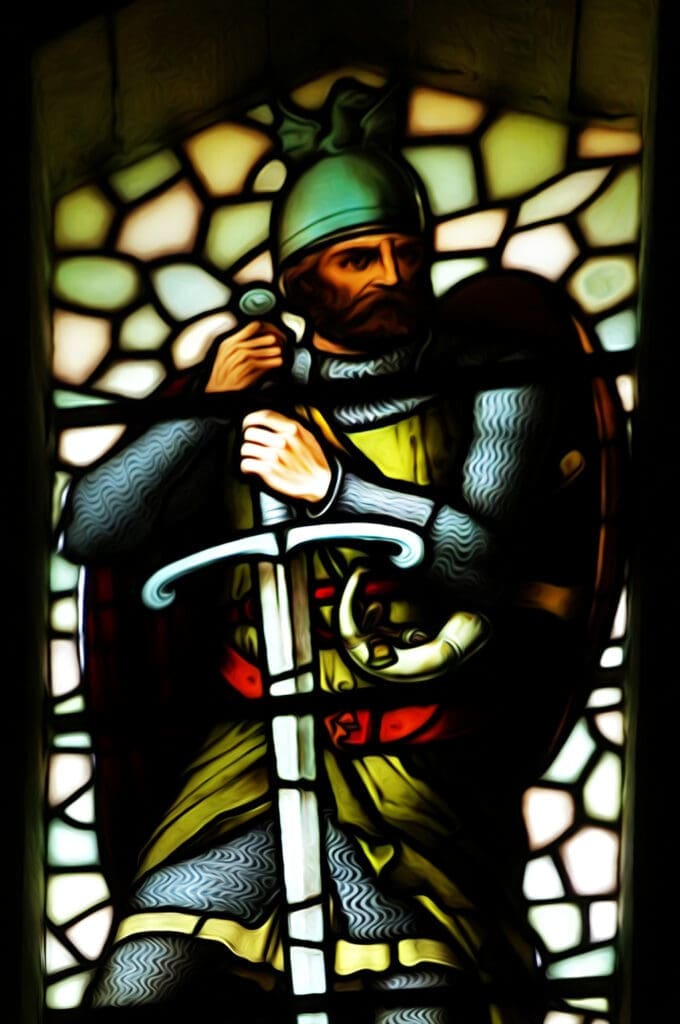AI generated post – please fact check before believing.
William Wallace, the Scottish hero who became a symbol of liberty, is a figure of great admiration and inspiration. Born around 1270, Wallace’s early life remains shrouded in mystery. His father, Sir Malcolm Wallace, was a small-time landowner, but William’s origins are uncertain. Scotland was thriving under the peaceful reign of King Alexander III, enjoying a solid economy and a prosperous trade with the North Sea. However, a storm was brewing as King Henry III of England was replaced by the ambitious Edward I, who sought to exert his power over Scotland.
The death of King Alexander III in 1286 plunged Scotland into chaos. With no clear heir to the throne, 13 claimants emerged, leaving the Lords of Scotland unsure how to proceed. They sought Edward I’s help selecting a king, hoping to avoid a civil war. However, Edward betrayed their trust and asserted his power over Scotland, insisting on heirs from the Scottish nobles and treating Scotland as a vassal state. Scottish nobles, fearing Edward’s military might, played for time while hoping to settle the matter later.

During this period, Wallace’s early life is contested, but popular stories depict him as a Scottish Robin Hood figure engaged in guerrilla warfare against the English. His actions were driven by the brutal treatment of the English rulers and their occupying soldiers. In 1297, Wallace gained fame when he and a group of rebels attacked the English Sheriff of Lanark, an event known as the Lanark Massacre. According to legend, Wallace was seeking revenge for the murder of his beloved.
Wallace’s fame grew, and he became a rallying point for rebels from all walks of life, including influential Scottish bishops. With Sir William Douglas, Wallace fought against the English, scoring victories and reclaiming Scottish lands. In their most celebrated victory at Stirling Bridge in 1297, the outnumbered Scottish soldiers led by Wallace defeated the English army. However, the tide would soon turn, and in 1298, the Scottish rebellion suffered a devastating loss at the Battle of Falkirk against Edward I’s forces.
Despite the setback, Wallace continued to resist, but without the support of the Scottish nobility, he struggled against the English. In 1304, Stirling Castle, the last stronghold of Scottish resistance, fell, and Wallace was captured in 1305. He was charged with treason and brutality against English civilians, leading to his horrific execution by hanging, drawing, and quartering.
Although Wallace met a cruel end, his name became synonymous with liberty. His legacy inspired future rebellions, including Robert the Bruce’s successful campaign for Scottish independence. Wallace’s military tactics, such as guerrilla warfare and skiatrons of pikemen, were adopted and improved upon by Bruce in his fight against the English.
The impact of William Wallace on Scottish history cannot be overstated. His story has been immortalized in literature and popular culture, including the 15th-century poem by Blind Harry. To this day, Wallace’s memory symbolises bravery and defiance. His name continues to resonate, reminding us of the fight for freedom.